The Cenote at Chichen Itza
The Maya civilisation was the only one without a big river. In fact, there was no surface water, so it isn’t a surprise that the places with water were considered sacred.
The land here is calcareous, therefore the rain manages to easily infiltrate the soil. Sometimes the ceilings collapse, and that’s how locals managed to access water. This is what we call today a cenote.
At Chichen Itza there are two large, natural sink holes, and the most famous one is called the “Cenote Sagrado”, meaning Sacred Cenote (also known as the Sacred Well or Well of Sacrifice).
People can take a bath in it, but they are asked to take a shower first, as this is also the water supply for the city.
It is in fact due to this lack of surface water that the Mayans created the famous astronomic calendar. They had to be very careful and pay attention to the most fertile seasons, the best moments to plant in order to take full advantage of the rainy season and to harvest during the dry season.
It is truly remarkable if we stay and think for a moment. It is yet another piece that proves that people can practically adapt to almost anything, and the desire to survive manages to bring the best in people in terms of adaptability and invention.
After we presented you the Grand Sirenis Resort and the Pyramid at Chichen Itza, it is now time to present you in this last article of the series the beautiful and impressive cenote. Below are some photos – click on each for a larger view – sent to us by Dan Mitea, our friend who was there and saw this awesome place up close.
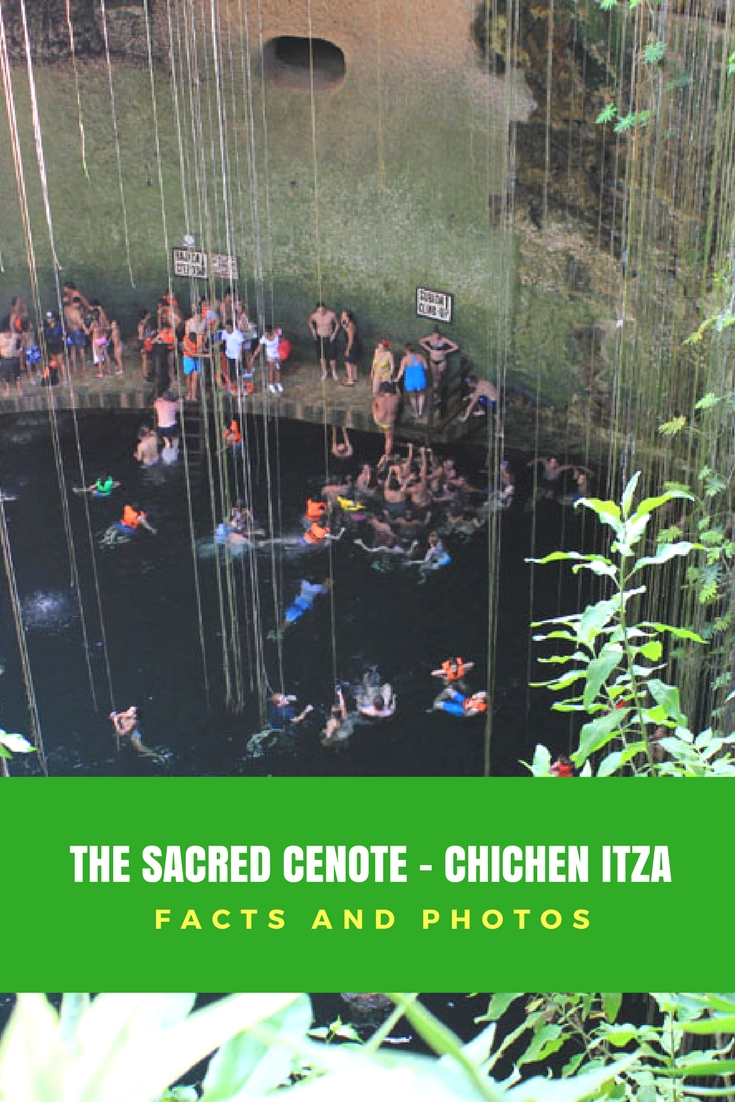

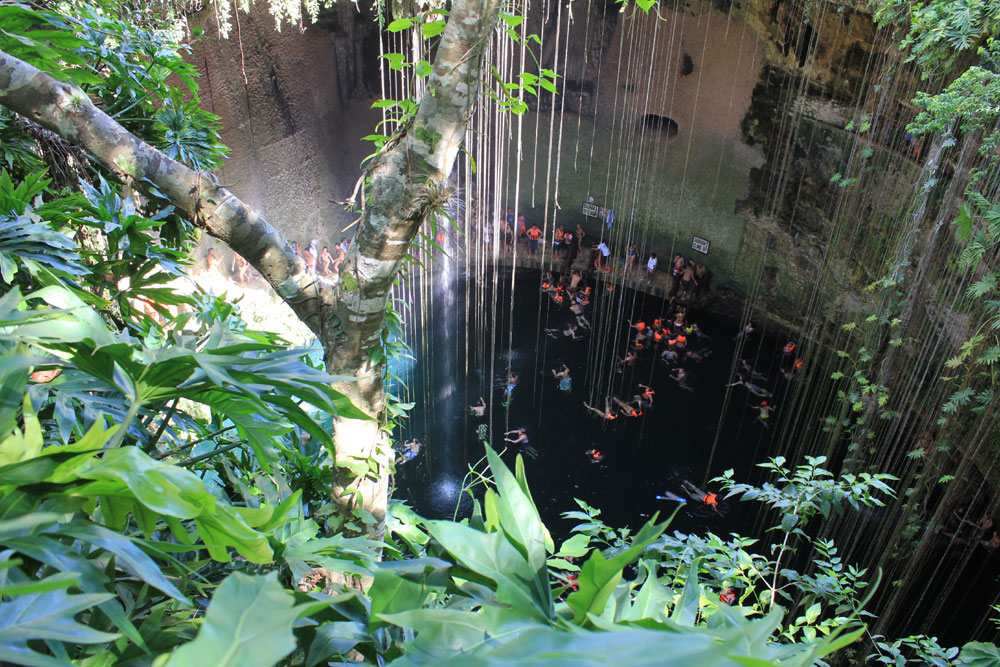
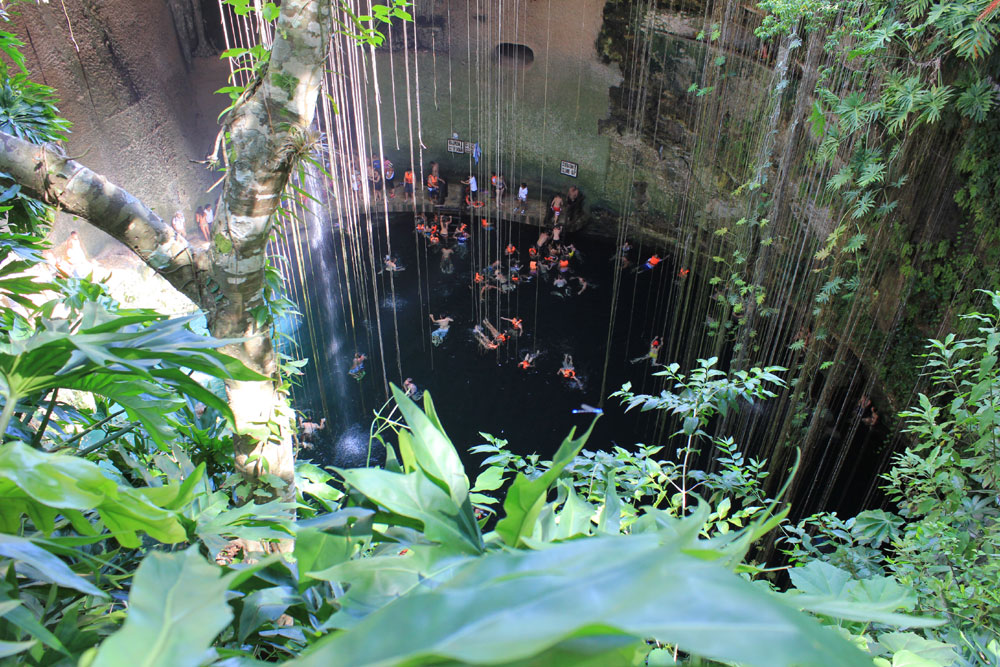
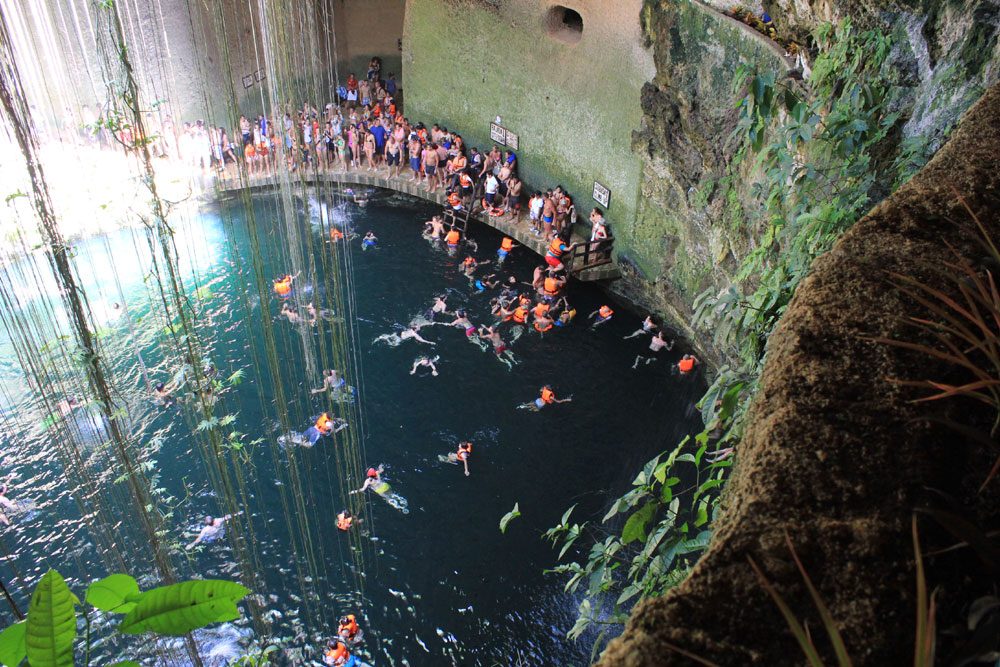
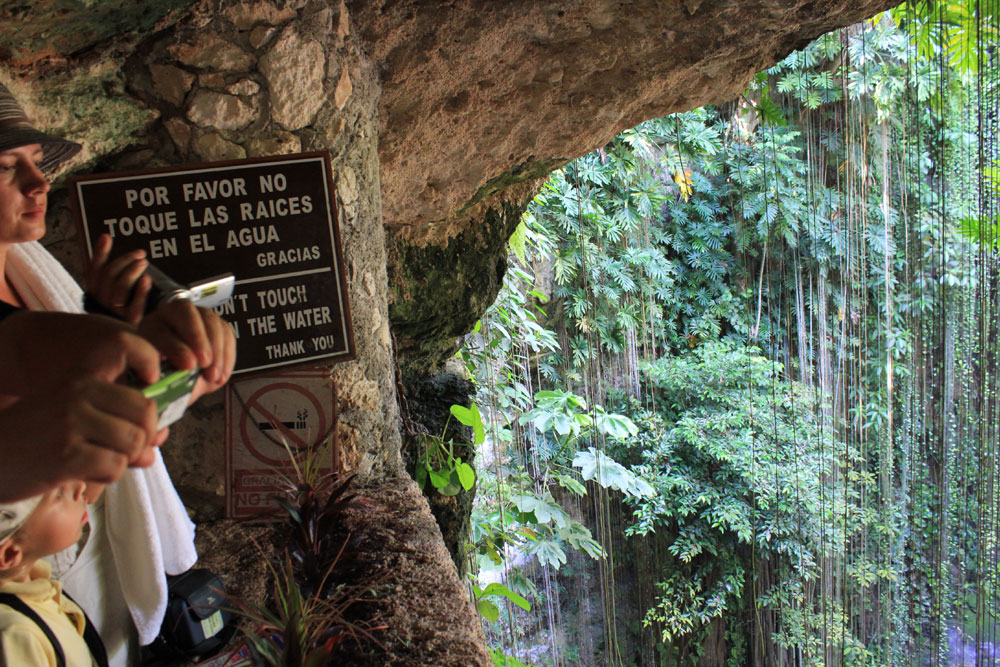
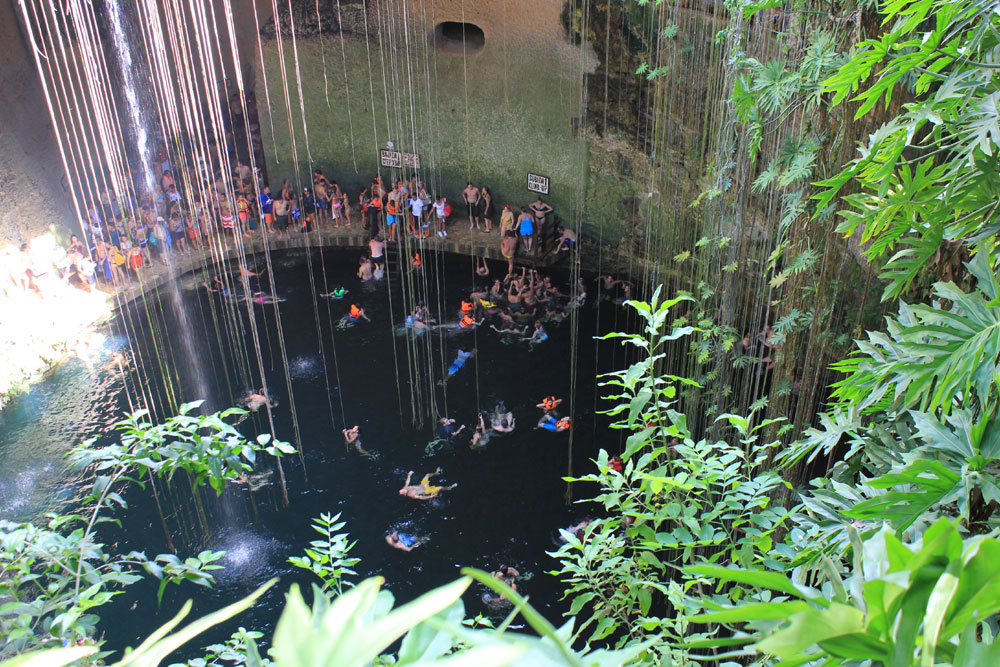
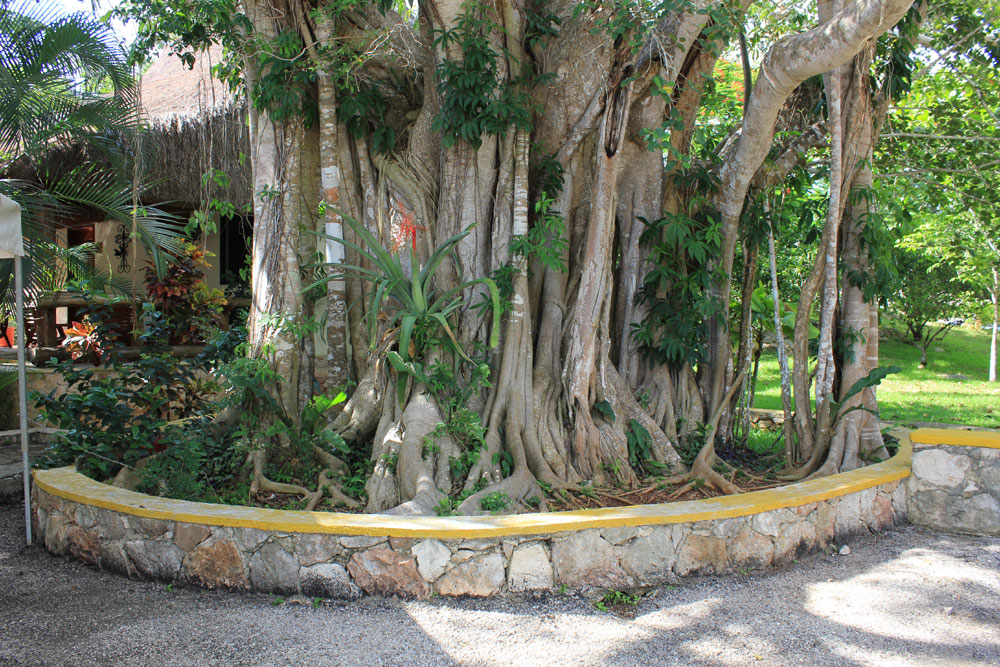
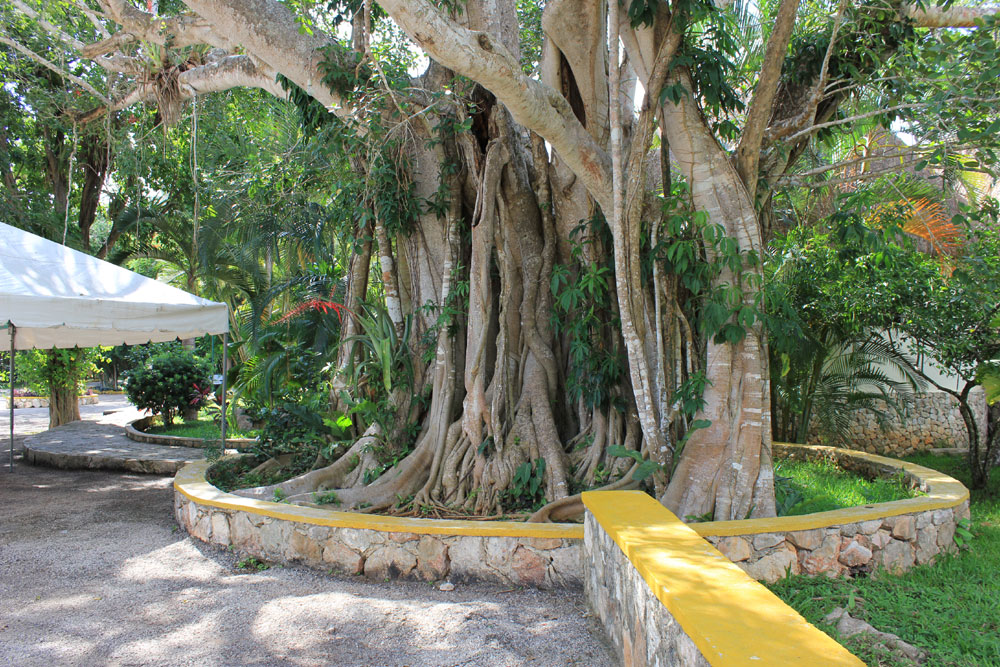

These photos are so beautiful. I dove in a cenote, when I was in the Yucatan a few years ago.